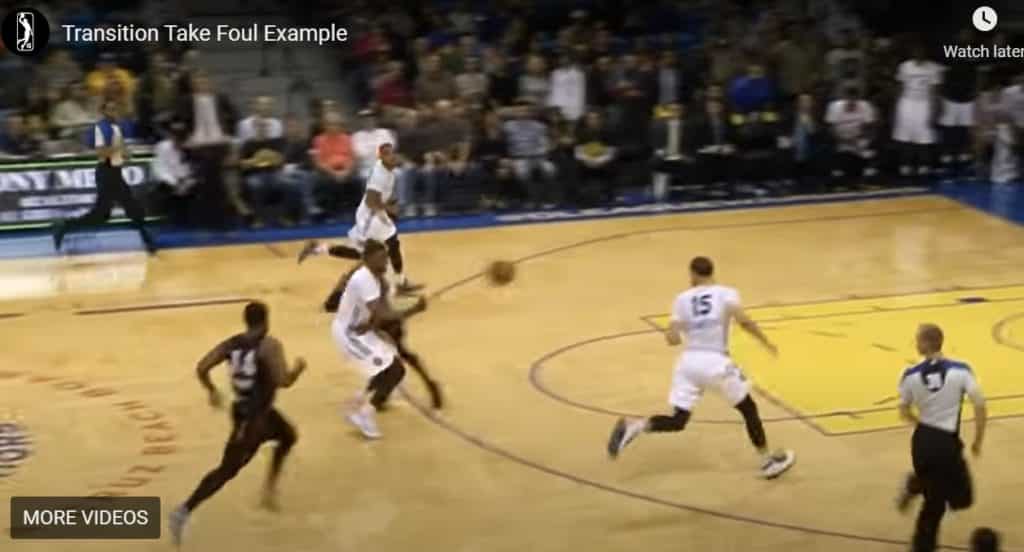Ad Disclosure
NBA Cracking Down on the “Take Foul” this Season

Imagine you’re watching the Sixers and Joel Embiid throws a bad pass out of a quadruple team, leading to a transition opportunity for the opponent. Furkan Korkmaz quickly grabs the ball handler near mid court and slows him down, trading a whistle for an easy bucket on the other end.
This is called a “take foul” and the NBA is officially cracking down on these starting this year:
Beginning with the 2022-23 NBA season, the penalty for committing a take foul (a foul in which the defender does not make a play on the ball) to stop a transition scoring opportunity (which exists when, following a change in possession, the offensive team is continuously advancing the ball while it has an advantage based on the speed of the play, the position of the defenders or both) will be as follows:
• The offensive team will be awarded one free throw, which may be attempted by any player on the offensive team in the game at the time that the foul is committed.
• The offensive team will retain possession of the ball.
• The defensive player who commits the take foul will be assessed a common personal foul.
Previously, the penalty for a take foul was a common personal foul on the offending player and (assuming the foul did not trigger or exceed the free throw “bonus” in a quarter) a side out for the offensive team.
Under the new rule, teams may commit a take foul during the last two minutes of the fourth quarter and the last two minutes of any overtime period (regardless of whether the foul occurs during a fast-break play) without triggering the heightened penalty. This exception will allow the defensive team to use the longstanding tactic of taking a foul to stop the clock during an attempted comeback or prevent the opposing team from potentially tying the game with a three-pointer.
In further clarification, the NBA explained that this will extend to fouling players without the ball, but it will not apply if the offensive player is in the act of shooting. If that happens, it’s simply a shooting foul. If a defender attempts to make a legitimate play on the ball, this new rule does not apply, though they may still be penalized via the clear path rule.
If you have no clue what I’m talking about, here’s an example:

In this case, there’s a 3v1 opportunity but the player in black just fouls the dude at the top of the three point line to end the fast break sequence.
This is a good rule change because take fouls are corny in general. Fast break basketball is exciting. We want to see transition, movement, and finishing at the rim. These fouls prevent those sequences from taking place and they also slow the game down while sending players to the free throw line. This should help keep the game flowing and prevent unnecessary stoppages via cheap fouls.
The only issue I think is walking that arbitrary line between “take foul” and making a “legitimate play on the ball.” If you sell the take foul well enough, you can convince a ref you were trying to swipe the ball instead, so that’s where this is gonna be a little janky.
Kevin has been writing about Philadelphia sports since 2009. He spent seven years in the CBS 3 sports department and started with the Union during the team's 2010 inaugural season. He went to the academic powerhouses of Boyertown High School and West Virginia University. email - k.kinkead@sportradar.com